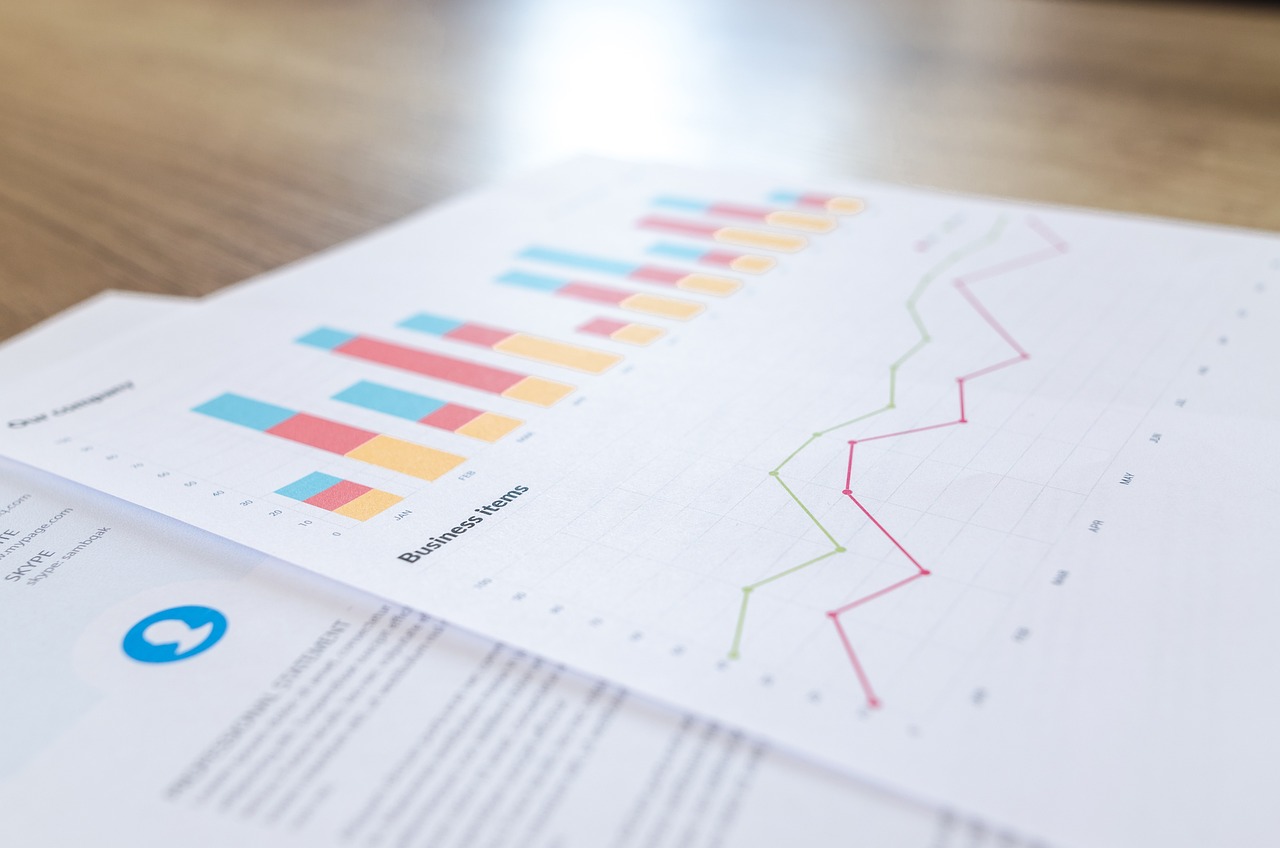

In the realm of finance, liquid assets are the lifeblood of financial flexibility. In this comprehensive guide, we delve into the world of liquid assets, exploring their types, importance, evaluation strategies, and practical tips for maximizing their potential.
What is a liquid asset?
A liquid asset is a type of financial resource that can be easily converted into cash without significant loss of value or time. It represents the ‘liquid’ wealth of a business that is immediately available and can be used for upcoming transactions or to meet short-term financial obligations.
Get started with our forecasting software so that you can plan your business' futureTrack your assets in Brixx
What are some examples of liquid assets
Some examples of liquid assets include:
- Cash: Physical currency and funds held in bank accounts that are readily available for immediate use.
- Savings accounts: Money deposited in savings accounts that can be withdrawn without any restrictions or penalties.
- Checking accounts: Funds held in checking accounts that can be easily accessed through checks, debit cards, or online transfers.
- Money market accounts: Accounts that offer higher interest rates than traditional savings accounts while maintaining liquidity.
- Marketable securities: Stocks or bonds that can be easily bought or sold on public exchanges.
- Treasury bills (T-Bills): Short-term government securities that are highly liquid and serve as a safe investment option.
- Mutual funds: Investment funds that pool money from multiple investors to invest in various securities, providing liquidity through the ability to buy or sell shares.
- Exchange-traded funds (ETFs): Similar to mutual funds, ETFs are traded on stock exchanges and offer a diversified portfolio of assets.
- Money market funds: Investment funds that invest in short-term, low-risk instruments like government securities and commercial paper.
Liquid vs Illiquid assets
Liquid assets and illiquid assets represent two different categories based on their ease of conversion into cash and the speed at which they can be bought or sold. We have organized the information below to help you understand more.
| Liquid assets | Illiquid assets | |
|---|---|---|
| Definition | Liquid assets are those that can be readily converted into cash without significant loss of value or time. | Illiquid assets are those that cannot be easily converted into cash without significant loss of value or time. |
| Examples | Cash, savings accounts, checking accounts, money market accounts, marketable securities (stocks, bonds, etc.), money market funds, and certain types of mutual funds and ETFs. | Real estate properties, certain types of investments (private equity, venture capital), art collections, rare collectibles, and long-term financial instruments with restrictions on early withdrawal. |
| Characteristics | – High liquidity: These assets can be easily sold or converted into cash quickly, often within a short period. – Widely accepted: Liquid assets are generally accepted as a form of payment, making them easily usable in various transactions. – Minimal loss of value: Converting liquid assets into cash typically does not result in a significant loss of their value. – Easy access: Investors can readily access and utilize these assets for everyday financial needs. |
– Low liquidity: These assets often require a longer time period or specific conditions to be converted into cash. – Limited market: Illiquid assets may have a smaller pool of buyers or a more specialized market, which can hinder their sale. – Potential loss of value: The process of selling illiquid assets may result in a loss of value due to pricing changes or demand. – Restricted access: Accessing the value of illiquid assets may involve legal processes, negotiations, or specific conditions. |
Understanding the distinction between liquid and illiquid assets is essential for financial planning, risk management, and maintaining a balanced portfolio.
How do you analyse liquid assets?
In any situation, you will often need to analyze your assets to assess their liquidity and any potential risks that might come about. There are some key factors to consider whilst looking at these.
- Liquidity ratios: Liquidity ratios, such as the current ratio and the quick ratio, can give insight into whether or not a business will be able to meet short-term financial obligations using its liquid assets.
- Marketability: Evaluate the marketability of liquid assets by considering factors such as trading volumes. Highly marketable assets typically have steady trading activity and low bid-ask spreads, allowing for easy buying and selling without significant price impact.
- Volatility: Assess the potential volatility or price fluctuations associated with certain liquid assets, such as stocks or bonds. Higher volatility may indicate a greater potential for value fluctuations, which can impact the overall risk of holding the asset.
- Yield and returns: Consider the yield or returns offered by liquid assets. Look for a balance between liquidity and returns that aligns with your financial goals and risk tolerance.
- Creditworthiness: If considering investments, evaluate the creditworthiness of the issuers or underlying securities. Assess the credit ratings and financial stability of the entities involved to gauge the risk associated with these assets.
- Regulatory considerations: Be aware of any restrictions or requirements that may impact the liquidity of specific assets. Some assets may have limitations on their sale or may require specific qualifications or approvals to trade.
- Diversification: Consider the diversification of your liquid asset portfolio. Spreading your investments across different types of liquid assets and investments can help mitigate risks and enhance overall liquidity management.
- Review and monitoring: Regularly review and monitor your liquid asset holdings to ensure they align with your financial objectives. Keep track of any changes in market conditions or trends that may impact the liquidity or value of your assets.
By analyzing these factors, you can gain a better understanding of the liquidity and risks associated with your assets, enabling you to make informed decisions about their management and utilization.
Why are liquid assets important to businesses?
Liquid assets are important to businesses for several reasons. Without an accessible amount of funds, a business cannot have financial stability. You will never be able to meet short term obligations if there are no available funds to help.
Ensuring that your business has a host of liquid assets will counter this issue. They provide flexibility to capitalize on opportunities, such as investing in growth, expanding operations, or responding to favorable market conditions. They also play an absolutely crucial role in debt management. Having sufficient liquid assets is essential for maintaining cash flow, managing financial risks, and positioning businesses for long-term success.
What are the best liquid assets for your business?
The best liquid assets for a business may vary depending on factors such as the nature of the business. As we have previously mentioned, the common types of liquid assets best suited to most businesses are below:
- Cash: Cash is the most basic and readily available form of liquid asset. Holding cash allows for emergency funds.
- Business savings account: A dedicated business savings account provides a secure and accessible place to hold excess cash. It can earn interest whilst being accessible.
- Money market accounts: Money market accounts are similar to savings accounts but often offer higher interest rates. These are suitable for businesses looking to optimize their cash balances while maintaining accessibility.
- Business lines of credit: While not a traditional liquid asset, having access to a business line of credit can provide a valuable source of liquidity when needed. It allows businesses to borrow funds on short notice to bridge temporary cash flow gaps.
- Accounts receivable: Although not as readily convertible to cash as other assets, accounts receivable represent money owed to the business by customers. Businesses can utilize convert these receivables into immediate cash, providing short-term liquidity.
As always, it is important for businesses to assess their specific needs and requirements when determining the best mix of liquid assets. Maintaining an appropriate balance between cash reserves and investments can help to maximise returns in the future. Consultation with a financial advisor or accountant can provide valuable insights tailored to the specific circumstances of your business.
Can you track liquid assets in financial forecasting tool?
A financial forecasting tool can absolutely be used to track and monitor liquid assets. Here’s how you can incorporate liquid asset tracking into a financial forecasting tool, using Brixx’s features as an example:
Categorizing your assets
Start by categorizing your liquid assets. You can create a specific category or component for each type of liquid asset you possess, such as cash, savings accounts, money market accounts, marketable securities, etc.
Tracking your initial asset value
Input the initial values or balances of your liquid assets into the financial forecasting tool. This provides a starting point for tracking and projecting their values over time.
Cash flow projection
Incorporate cash inflows and outflows related to your liquid assets into the financial forecasting tool. This includes recording any cash movements associated with your liquid assets.
Updating asset values
Regularly update the values of your liquid assets within the financial forecasting tool. This can be done manually by inputting updated balances.
Forecasting liquidity
Utilize the financial forecasting tool to project the future values and liquidity of your liquid assets. Based on your cash flow projections, the tool can provide insights into the future availability of your liquid assets.
Scenario analysis
Leverage the capabilities of the financial forecasting tool to perform scenario analysis on your liquid assets. This allows you to simulate different scenarios, such as changes in interest rates, market volatility, or business performance, to assess their impact on the liquidity and value of your assets.
Reporting and analysis
Generate reports within the financial forecasting tool that provide a comprehensive overview of your liquid assets. These reports can include current and projected balances, cash flow trends, and performance metrics for each liquid asset category.
By integrating liquid asset tracking into a financial forecasting tool, you can effectively monitor and project the liquidity of your assets, make informed financial decisions, and maintain better control over your overall financial health.















